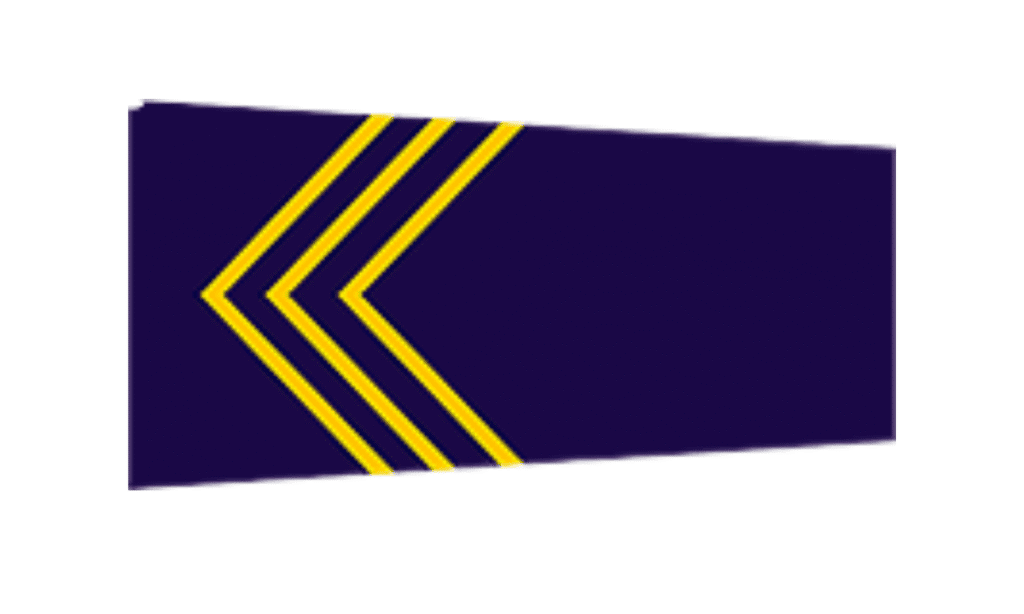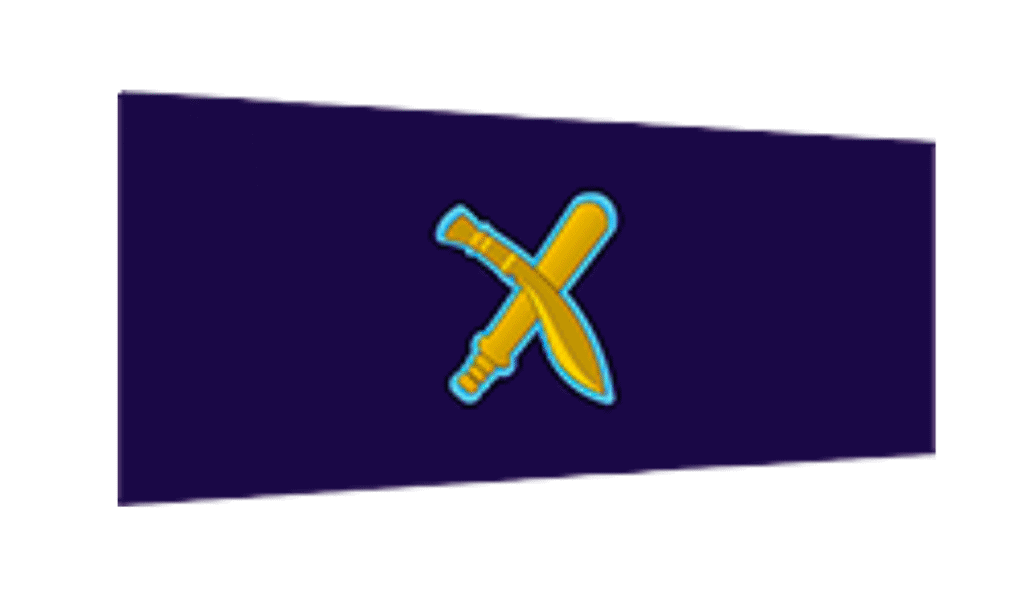Nepal Police Rankings With Insignia 2081
Nepal Police Rankings with Insignia 2081 released with its new strucuture of salery. The Nepal Police is a disciplined and structured organization tasked with safeguarding the rights, safety, and property of the people. To operate effectively across the country diverse regions, the police force is organized into a well defined hierarchy. Each rank carries specific duties that contribute to maintaining law, order, and security. This article explores the roles of each rank within the Nepal Police from entry level officers to top leadership and explains how they contribute to the stability of the nation.
Nepal Police Rankings With Insignia 2081
1. Police Constable

Constables serve as the foundation of the police force. They are the first responders in most situations involving public order and safety. Police Constable daily actions are,
- Patrolling assigned areas to deter criminal activity
- Controlling and directing traffic
- Providing assistance during emergencies or public events
- Supporting higher-ranking officers in field operations
They often work in pairs or groups and receive commands directly from supervisors. Despite being an entry level rank, their presence in the field is vital for basic policing and crime prevention.
2. Assistant Head Constable

This position acts as a supervisory bridge between constables and more senior officers. Responsibilities include,
- Overseeing the work of constables
- Managing crowd control and supporting public events
- Assisting in administrative duties and minor investigations
- Ensuring discipline and task completion among junior staff
Assistant Head Constables are often relied upon to ensure the smooth functioning of routine police activities at checkpoints, markets, and patrol routes.
3. Head Constable

Head Constables are more experienced officers who often manage smaller units. Their duties involve,
- Leading teams of constables during fieldwork
- Coordinating local traffic and crowd control operations
- Handling complaints and collecting basic information from crime scenes
- Training and mentoring junior officers
They act as the primary link between field officers and supervisory levels, ensuring tasks are executed efficiently and reports are properly managed.
4. Senior Head Constable

Senior Head Constables take on greater responsibility. They are often involved in,
- Supervising multiple field teams
- Assisting police inspectors with case file management
- Conducting follow-up investigations on minor crimes
- Leading public safety campaigns in local communities
This rank marks the transition from field-focused work to leadership and coordination roles at the station level.
5. Assistant Sub-Inspector of Police (ASI)

ASIs act as junior investigation officers and play a crucial role inside police stations. Key tasks include,
- Recording formal complaints (First Information Reports)
- Handling custody and processing of suspects
- Managing evidence and documentation
- Leading minor investigations under the supervision of senior officers
They may also supervise night shifts or temporary outposts in rural areas.
6. Sub-Inspector of Police (SI)

SIs are responsible for law enforcement within a local jurisdiction. Their tasks often include,
- Leading small police units during raids and arrests
- Investigating moderate to serious crimes
- Preparing and submitting charge sheets to the court
- Coordinating with the community for crime awareness and prevention
They serve as an accessible contact point for the public to report crime and seek help.
7. Senior Sub-Inspector of Police (SSI)

The SSI carries out all the duties of an SI but with additional authority and experience. They are usually given complex or sensitive cases and are involved in,
- Supervising large units or special task forces
- Taking command during local emergencies or riots
- Planning security for political or cultural events
- Assisting in operations related to narcotics, human trafficking, or cybercrime
8. Police Inspector

Police Inspectors serve as station heads and command significant operational authority. Their responsibilities involve,
- Leading and managing police stations and their staff
- Overseeing investigations and guiding junior officers
- Ensuring accurate recordkeeping and legal compliance
- Coordinating law enforcement during major public incidents or disasters
They act as a liaison between local law enforcement and the community, often participating in public safety campaigns and crime awareness drives.
9. Deputy Superintendent of Police (DSP)

DSPs manage an entire sub-division or multiple stations. They are mid-level commanders responsible for,
- Supervising multiple police stations or zones
- Leading district-level investigations, including homicides and financial crimes
- Conducting internal audits and reviewing case progress
- Representing the police in inter-agency coordination and planning meetings
They report directly to higher regional officers and play a critical role in law enforcement at a broader level.
10. Superintendent of Police (SP)

SPs are district commanders with full authority over all policing activities in a district. Their role includes,
- Implementing crime control strategies
- Supervising major and sensitive criminal investigations
- Coordinating disaster response and public safety operations
- Managing resources and personnel across the district
They serve as a vital connection between the Ministry of Home Affairs and field units and are often visible during elections, protests, or high-profile investigations.
11. Senior Superintendent of Police (SSP)

SSPs oversee larger districts or special units (such as counterterrorism or cybercrime). Their responsibilities expand to,
- Leading high-stakes operations like anti-terror raids
- Coordinating multi-district investigations
- Planning and enforcing state-level crime prevention strategies
- Supervising junior SPs and DSPs
This rank typically involves policy implementation, crisis management, and internal affairs monitoring.
12. Deputy Inspector General of Police (DIG)

DIGs are regional commanders responsible for multiple districts. Their focus is on,
- Strategic leadership and regional policy enforcement
- Evaluating crime trends and allocating resources accordingly
- Overseeing the professional development of subordinate officers
- Supporting disaster and crisis management in coordination with government bodies
DIGs ensure that all regional units function under the law and standard police procedure.
13. Additional Inspector General of Police (AIGP)

AIGPs serve at the national level and are involved in,
- Designing and implementing national policing strategies
- Handling high-profile or politically sensitive cases
- Overseeing national crime databases, training academies, or specialized units
- Supporting the IGP in international cooperation and security affairs
They function as senior advisors to the top police leadership and are often responsible for innovation and reform.
14. Inspector General of Police (IGP)

The IGP is the top-most authority in the Nepal Police. This rank is responsible for,
- Leading the entire police organization
- Setting national law enforcement priorities and reforms
- Representing the Nepal Police in governmental and diplomatic matters
- Supervising all ranks and overseeing every department
The IGP reports to the Ministry of Home Affairs and plays a central role in both day-to-day operations and long-term strategic planning.
Nepal Police Salary Structure (2081/82)
| Rank | Starting Salary (NPR) | Grade Number | Grade Rate (NPR) | Total Salary (NPR) |
|---|---|---|---|---|
| Inspector General of Police (IGP) | 72,082 | 2 | 2,403 | 76,888 |
| Additional Inspector General of Police (AIGP) | 72,082 | 2 | 2,403 | 76,888 |
| Deputy Inspector General of Police (DIGP) | 60,950 | 3 | 2,032 | 67,046 |
| Senior Superintendent of Police (SSP) | 56,787 | 4 | 1,893 | 64,359 |
| Superintendent of Police (SP) | 52,279 | 5 | 1,743 | 60,994 |
| Assistant Superintendent of Police (ASP) | 48,737 | 5 | 1,625 | 56,862 |
| Police Inspector (PI) | 43,689 | 8 | 1,456 | 55,337 |
| Senior Sub-Inspector of Police (SSI) | 40,998 | 2 | 1,367 | 43,732 |
| Sub-Inspector of Police (SI) | 34,730 | 8 | 1,158 | 43,994 |
| Assistant Sub-Inspector of Police (ASI) | 32,856 | 7 | 1,095 | 40,521 |
| Senior Head Constable (SHC) | 28,520 | 6 | 951 | 34,226 |
| Head Constable (HC) | 27,612 | 7 | 920 | 34,052 |
| Assistant Head Constable (AHC) | 26,554 | 8 | 885 | 33,634 |
| Police Constable (PC) | 26,082 | 8 | 869 | 33,034 |
| Recruit | 24,702 | – | – | 24,702 |
| 5th Level Office Assistant | 32,856 | 4 | 1,095 | 37,236 |
| 4th Level Office Assistant | 29,728 | 2 | 991 | 31,710 |
| 3rd Level Office Assistant | 27,612 | 2 | 920 | 29,452 |
| 2nd Level Office Assistant | 26,082 | 2 | 869 | 27,820 |
| 1st Level Office Assistant | 24,702 | 2 | 823 | 26,348 |
Additional Allowances
- Monthly Ration Allowance: Ranges from NPR 6,000 to NPR 24,000, depending on the officer posting location.
- Remote Area Allowance: Officers stationed in remote areas receive an additional allowance of approximately NPR 800 per day, compared to the standard rate of NPR 200 per day.
Arm Badges of Nepal Police

Conclusion
The Nepal Police serves as a cornerstone of the nation internal security framework. Understanding Nepal Police Rankings With Insignia 2081 the hierarchical structure within the force offers valuable insight into how law enforcement functions at every level. From the topmost rank of Inspector General of Police to the entry level Recruit, each position contributes uniquely to safeguarding the peace, stability, and welfare of the citizens.
Every rank is more than just a title, it reflects a set of responsibilities, skills, and a commitment to public service. Appreciating this structure not only highlights the discipline and coordination required in policing but also honors the dedication of the men and women who uphold justice across the country.
For those considering a career in the Nepal Police, familiarizing yourself with these ranks is a crucial first step. Whether your goal is to begin as a Police Constable, progress through the ranks as an Assistant Sub-Inspector or Police Inspector, or one day lead the force as the Inspector General, each role is a meaningful part of the broader mission to maintain law and order. With determination, training, and integrity, anyone with the right mindset can contribute to this noble profession and play a role in shaping a safer Nepal.